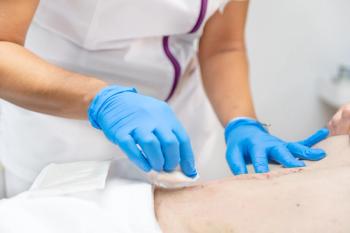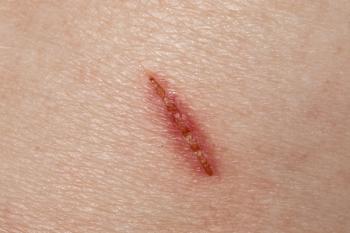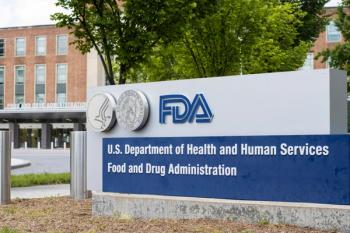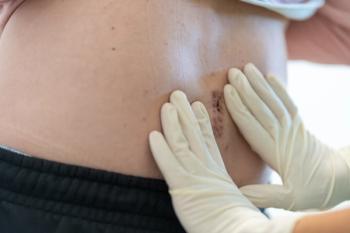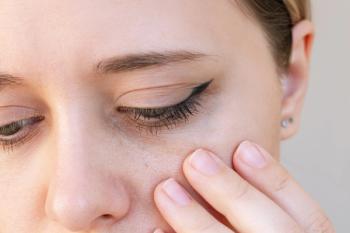
Analytics Can Play a Role for Dermatologists Working With Community Wound Care Centers
The Net Health Tissue Analytics platform helps engage patients, collect information via digital imaging that can be transmitted via an app, and provide real-time access to the progress of a study.
Wounds seen by dermatologists might include burns, surgical (e.g., mastectomy scarring), venous and other ulcers. While some dermatologists are involved directly in wound care, often they refer to wound care clinics when they are faced with challenging patients, and analytics can help.
For example, dermatologists might refer patients to wound care providers for more advanced treatment and want to monitor progress through the images and clinical information.
This can be accomplished through the Net Health Tissue Analytics platform, which helps engage patients, collect information via digital imaging that can be transmitted via an app, and provide real-time access to the progress of a study through the platform.
“Tissue Analytics uses a machine learning model to identify what’s in an image that’s considered a wound, and it will automatically trace the wound with a calibration sticker within the frame, and then it gives all the measurements, including the depth and volume measurements for that particular wound,” says Mike Furr, product manager for Net Health’s digital wound platform. “At the end of the day, for the providers, it gives them an objective measure of if the wound is healing or not.”
Where this fits into dermatology is it allows providers, who aren’t as familiar with the wound care setting to get a good sense on how these wounds are tracking over time.
“If you’re a dermatologist or traveling wound care provider, and you’re not really familiar with taking measurements on wounds, you can just take a picture, it will give all the measurements for you, and you can have the expertise of a wound care provider through a mobile application,” Furr says. “We make it as user-friendly as possible so they can get in and out because we know that time is the most important thing for the provider in the room with the patient.”
In the hospital setting, the easier it is to capture the picture and get data, the more data they are likely to capture, so they have a better picture of whether the wound is healing or not. And it’s not just gathering more data, but more objective data.
“It basically lowers the error rate,” Furr says. “If I was to take a picture of the wound or measure the wound and one of my colleagues would measure the wound, it would be consistent between all the providers that were gathering measurements.”
A new feature of the Tissue Analytics platform better identifies the risk of pressure injuries deteriorating in the hospital.
“A lot of times, hospitals will get dinged for hospital-acquired pressure injuries and get penalized, and what we can do, is when patients get admitted into the hospital, check for any wounds across their entire body and get documented into Tissue Analytics, and we’ll flag pressure injuries if they look like they’re going to worsen to a stage 3 or 4, or a more severe stage,” Furr says. “That leads to better patient outcomes.”
When working with community care centers, dermatologists can utilize the remote monitoring aspect to gather data—both when patients are coming in for an appointment and even at home, it’s gathering data, so there’s a continuous picture of the healing.
“It makes it as easy as possible to get the complete picture that the dermatologist can take a look at and understand it’s the same data of all the care decisions being made in those wound care centers,” Furr says. “By getting a more objective picture, it allows dermatologists to be more involved in the conversation and understand the patient’s entire care path.”
Newsletter
Like what you’re reading? Subscribe to Dermatology Times for weekly updates on therapies, innovations, and real-world practice tips.

